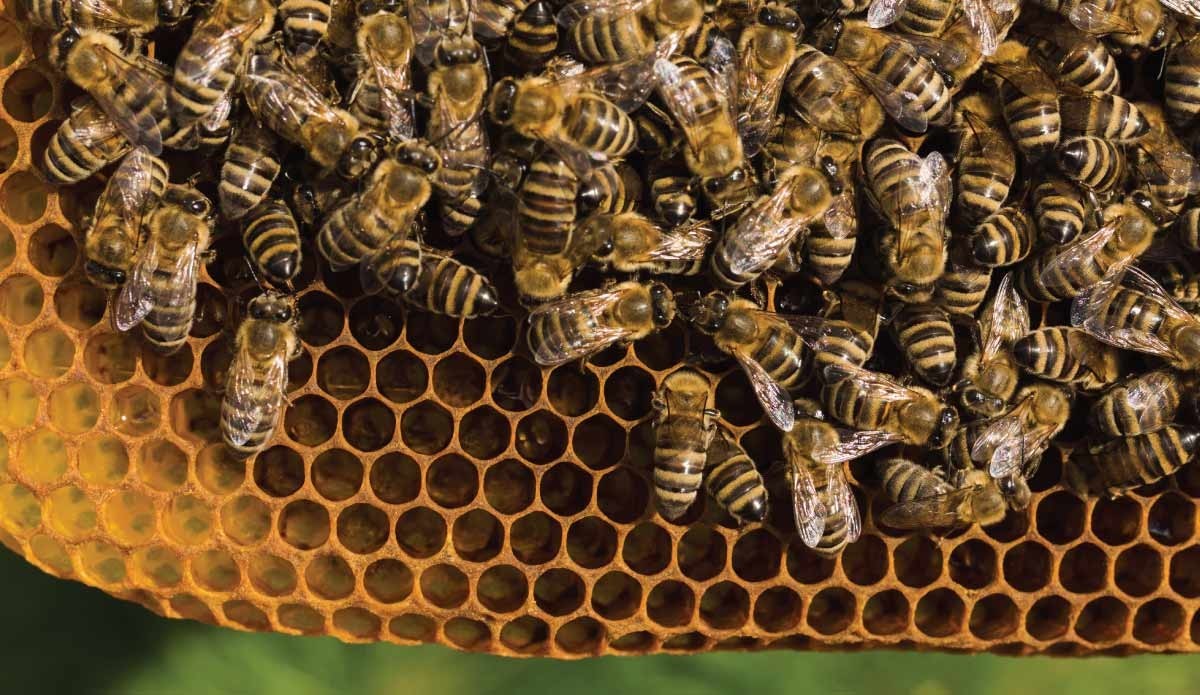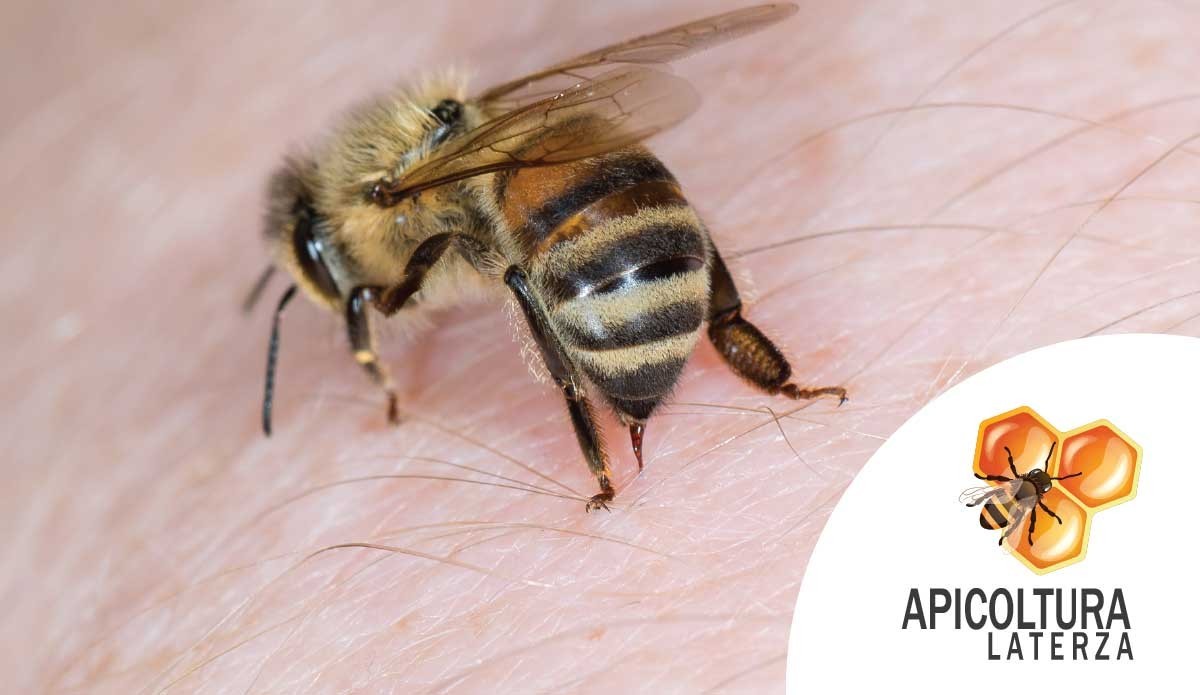The Importance of Pollens in Beekeeping

Important Pollens in Central Italy | Apicoltura Laterza
Important Pollens in Central Italy: A Complete Guide by Apicoltura Laterza
Central Italy is a region rich in biodiversity, with an environment particularly favorable for beekeeping due to the variety of plants and flowers blooming in every season. In this context, pollens play a crucial role, not only for the life cycle of plants but also for the production of high-quality honey. Apicoltura Laterza, a historical company in the field, is committed to promoting the knowledge of pollens and their contribution to the ecosystem and beekeeping.
Important Pollens in Central Italy | Apicoltura Laterza
Important Pollens in Central Italy: A Complete Guide by Apicoltura Laterza
Central Italy is a region rich in biodiversity, with an environment particularly favorable for beekeeping due to the variety of plants and flowers blooming in every season. In this context, pollens play a crucial role, not only for the life cycle of plants but also for the production of high-quality honey. Apicoltura Laterza, a historical company in the field, is committed to promoting the knowledge of pollens and their contribution to the ecosystem and beekeeping.
The Importance of Pollens in Beekeeping
Pollen is a primary food source for bees. Every flower offers pollen with a unique composition, and bees collect it to use as food for the growing larvae. Pollen contains essential proteins, lipids, and vitamins, elements that make the life and prosperity of the hive possible.
In central Italy, the variety of plants that bloom throughout the year creates a great diversity of pollens. This enriches the honey produced in these areas, giving it unique flavor nuances and beneficial properties. Here is an overview of the most relevant pollens in this area.
1. Chestnut (Castanea sativa)
The chestnut is one of the most widespread trees in the mountainous and hilly areas of central Italy, particularly in Tuscany, Lazio, and Umbria. It blooms starting in June, producing large quantities of pollen and nectar. Chestnut pollen is known for its dark color and strong, almost bitter taste, which gives chestnut honey a unique flavor, loved by those who prefer intense tastes.
Benefits for bees: Chestnut pollen is very rich in proteins and helps bees prepare for the winter period, providing them with the energy needed to maintain the vitality of the hive.
2. Sulla (Hedysarum coronarium)
A typical plant of the calcareous soils of central Italy, sulla blooms between May and June. Its pollen is light-colored and produces a honey with a delicate taste and a slight floral aftertaste. Sulla is a legume, and its pollen is very nutritious, helping bees maintain a balanced diet.
Benefits for bees: Sulla pollen is particularly rich in nitrogen, an essential element for the synthesis of proteins that strengthen young bees.
3. Acacia (Robinia pseudoacacia)
Acacia is widespread in the hilly areas of central Italy, such as in Umbria and Marche. It blooms between April and May, and its pollen is particularly appreciated for its lightness and purity. Acacia honey, known for its delicate taste and clear color, is one of the most sought after in the market.
Benefits for bees: Acacia pollen is less rich in proteins compared to other varieties, but it provides an important source of energy during the first months of hive activity after winter.
4. Sunflower (Helianthus annuus)
In central Italy, the vast fields of sunflowers are a common sight during the summer, especially in Tuscany and Lazio. Sunflowers bloom between July and August, and their pollen is bright yellow. Sunflower honey has a fresh and slightly fruity taste.
Benefits for bees: Sunflower pollen is particularly rich in vitamins, especially vitamin B6, which is essential for bee health and larval development.
5. Helichrysum (Helichrysum italicum)
Helichrysum is a typical Mediterranean plant found along the coasts and hills of central Italy, especially in the Maremma region and the Lazio coast. It blooms in the summer and produces golden, aromatic pollen that gives honey a characteristic flavor, often used in the production of monofloral honeys.
Benefits for bees: Helichrysum pollen has antioxidant properties, useful for keeping bees healthy and strengthening the hive's immune system.
Conclusion
Central Italy is a privileged region for beekeeping, thanks to the richness and variety of pollens available throughout the year. Each type of pollen contributes to the health of bees and the quality of honey, making it not only tasty but also rich in beneficial properties. Apicoltura Laterza is committed to producing high-quality honey, respecting the environment and the biodiversity of the area.
If you are interested in learning more about our products or want to explore the pollens of central Italy, visit our website or contact us directly to discover the world of beekeeping and honey.






